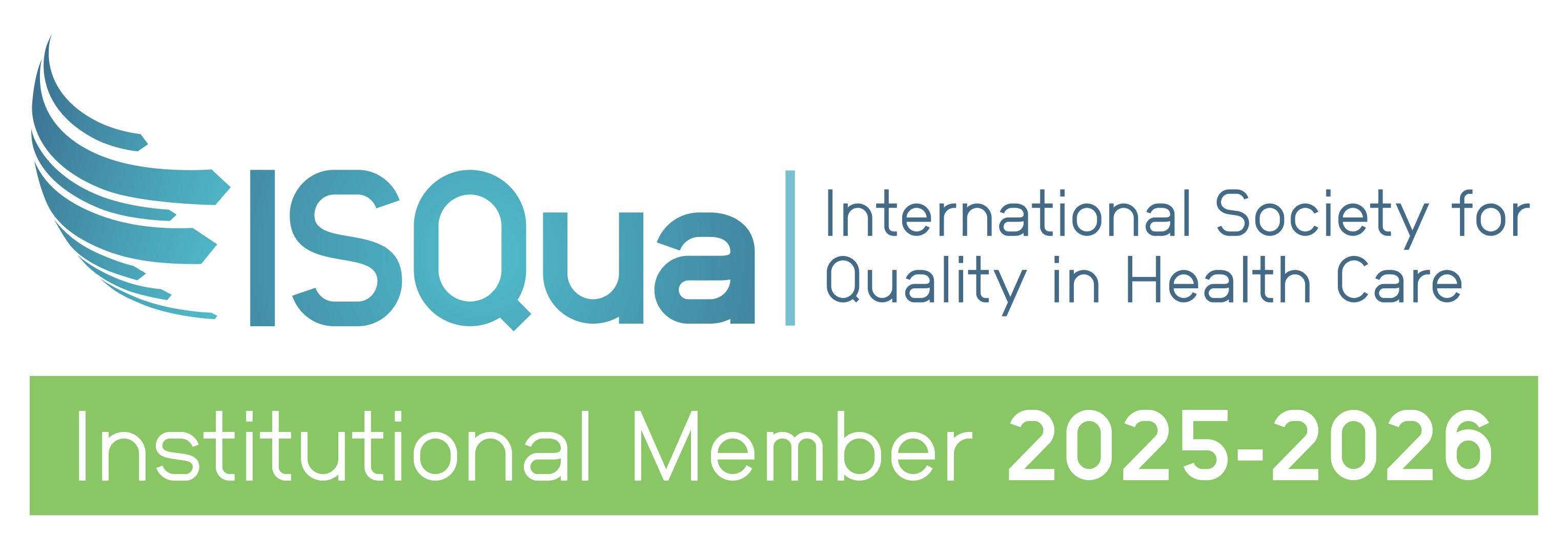
New Measures for Ambulance Quality and Safety: Insights and Trends from Australia’s Largest Healthcare Data Report
ACHS Clinical Indicator Report for 2016 – 2023.
This year, the ACHS Clinical Indicator Report (ACIR) 2016 – 2023 Feature Report reviews the development of Australia’s first ever Clinical Indicators for safety and quality in Ambulance Health Services.
According to latest edition published by The Australian Council on Healthcare Standards (ACHS), new clinical Indicators provide a comprehensive framework for ambulance services to monitor and improve their performance.
The set has been endorsed by the Council of Ambulance Authorities and aligns with the new National Safety and Quality Health Service Standards Guide for Ambulance Health Services released by the Australian Commission on Safety and Quality in Healthcare in 2024. This new indicator set provides a mechanism for the future collection and reporting of key safety data for ambulance health services across Australia.
The ACIR summarises the data sourced over the past eight years from a broad range of patient-centred clinical speciality areas in healthcare. The ACIR remains the most enduring report on clinical indicator-based health performance data in the world, consistently capturing data and measuring trends over 33 years. This report assists organisations to improve within a national context.
ACIR DATA REPORT
Key improvements:
- In 2023, 35 clinical indicators showed statistically significant improvement across the Australian healthcare sector. Notable improvements are:
- Paediatric medication errors have improved by 32% since 2016 leading to lower incidence of adverse medication errors such as incorrect doses administered to children. Most of these improvements are attributable to poorer performing organisations improving.
- The rate of haemorrhage for polypectomy colonoscopy has improved with the rate of Australian hospitals at 0.02%, much lower than the often-quoted benchmark of 0.5%. There has been substantial improvement in the poorer performers over time leading to improvement in the quality and safety of colonoscopy.
Notable deteriorations:
- In 2023, 14 indicators were trending in an undesirable direction, showing areas where the most potential to make improvements exist. Notable deteriorations are:
- An increase in rapid response system calls to adult ICU patients within 48 hours of ICU discharge from 4.2% to 5.8% reflecting national pressure on ICUs and increasing complexity of cases seen in this area.
- The rate of inpatient falls resulting in fracture or closed head injury has deteriorated from 8 per 1000 inpatients in 2016 to 11 per 1000 inpatients in 2023. This deterioration is despite an improvement in the overall falls rates at hospitals. This may be explained by increasing age-related medical conditions.
ACHS President, Professor Len Notaras AO, said “ACHS has been at the forefront of healthcare performance data, with the world’s largest dedicated clinical indicator data collection and reporting service. The ACIR contains over 26,600 data submissions, which remains unmatched in the world in both statistical depth and breadth. Insights derived from this report support healthcare organisations in Australia and around the globe to drive quality improvement initiatives and enhance patient safety.
Contact: Gemma Puplett, Marketing Manager on (02) 8218 2730 for more information.

